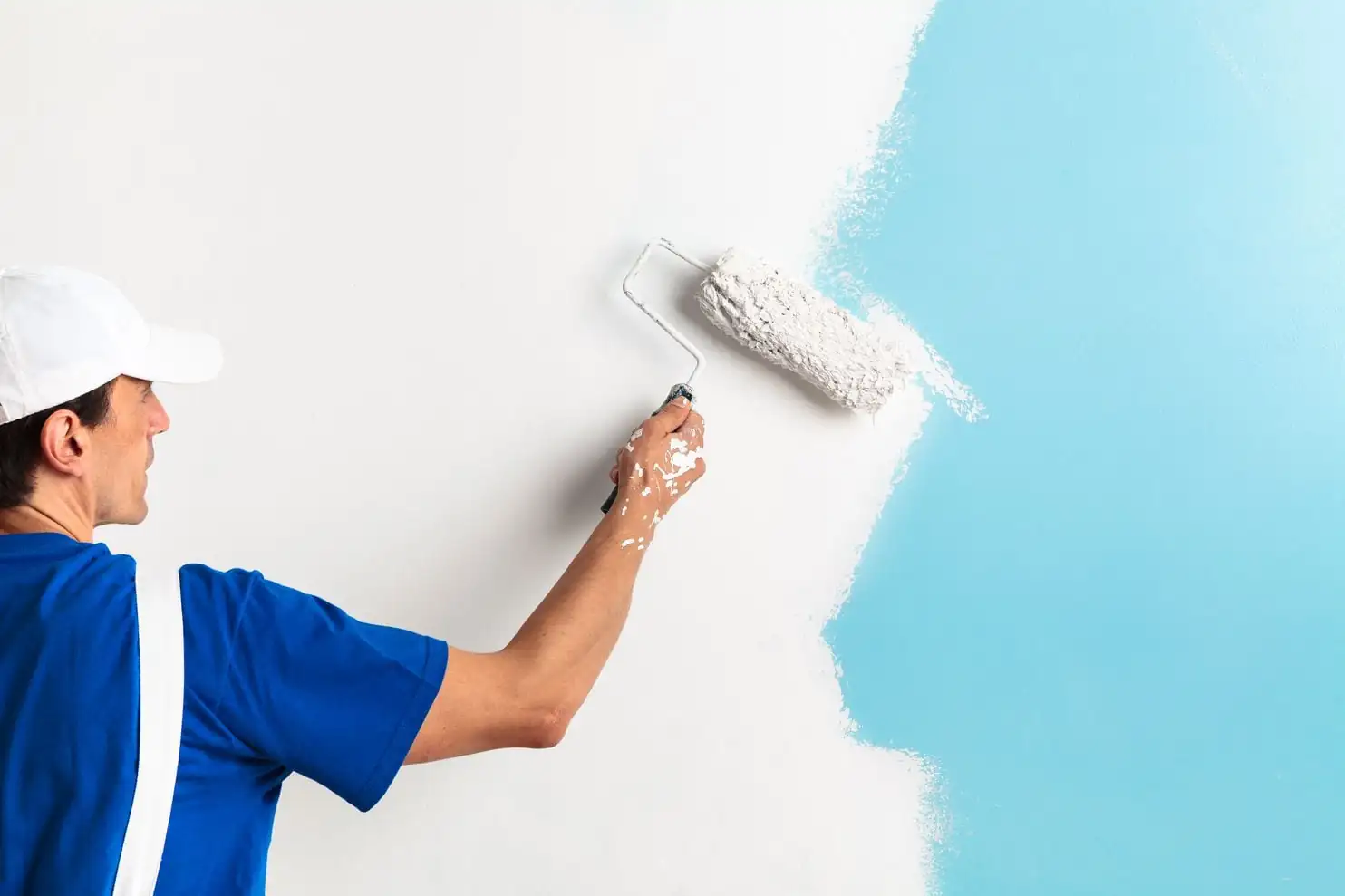1. Surface Preparation
-
Clean the walls to remove dust, grease, or stains.
-
Repair cracks, dents, or holes with filler.
-
Sand rough spots for a smooth finish.
-
A well-prepared surface ensures the paint adheres properly.
2. Choosing the Right Paint Type
-
Matte/Flat: Hides imperfections, best for low-traffic areas.
-
Eggshell/Satin: Easy to clean, suitable for living rooms and bedrooms.
-
Semi-gloss/Gloss: Durable and washable, ideal for kitchens, bathrooms, and trims.
3. Color Selection
-
Test swatches on different walls to see how lighting affects the color.
-
Lighter shades make rooms feel larger; darker tones create a cozy atmosphere.
-
Consider how the color will coordinate with furniture and flooring.
4. Lighting Conditions
-
Natural and artificial lighting can drastically change how a color looks.
-
Check paint samples during the day and at night.
-
Warm lighting enhances warm tones, while cool lighting emphasizes cooler shades.
5. Quality of Tools & Materials
-
Invest in good-quality brushes, rollers, painter’s tape, and drop cloths.
-
A primer may be necessary for new walls, dark colors, or uneven surfaces.
-
Quality tools save time and produce a more professional finish.
6. Budget & Time
-
Calculate how much paint you’ll need based on wall size and number of coats.
-
Factor in primer, brushes, tape, and protective sheets.
-
Allocate enough time — rushing can lead to streaks, drips, and uneven coverage.









